With non-fungible tokens (NFTs), particularly those that are 3D in nature, holographic displays are becoming more indispensable for those looking to show off their valuable works of art.
Now, Japanese electronics maker Ricoh, a name typically associated with printers and copiers, is looking to join the likes of Looking Glass and Sony in offering hands-free 3D displays.
- Don't Miss: Hands-On with the Looking Glass Pro, An Easy Alternative to AR for Interacting With Virtual Content
The company recently unveiled a prototype display dubbed Warpe which is capable of displaying holograms viewable from all angles, a considerable improvement over currently-available displays.
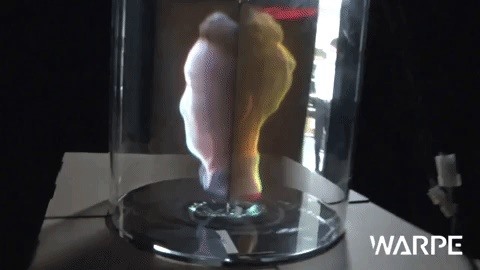
According to Ricoh's announcement, Warpe works by projecting light from the base of the device upwards, reflecting off of a rotating screen. The result is a color video playback of stereoscopic content viewable from 360 degrees without 3D glasses, with the holograms measuring about 7.9 inches in diameter and 10 inches in height. (Ricoh compares the images to the size of a human head.)
Ricoh plans to continue development throughout 2021 with a target product launch of 2022. Concurrent with development, Ricoh will recruit early access partners for digital signage and explore market opportunities.

While these displays appear perfectly tailored for exhibiting 3D art, there's also a larger enterprise market for retailers to display their wares in 3D without the need for smartglasses or AR headsets. The company cites conferences, architecture, education, and entertainment, as well as virtual assistants for smart homes, among the other potential use cases.
Surely AR headsets and smartglasses (and eventually contact lenses) that allow for interaction with 3D content are the eventual endpoint, but holographic displays like these offer both an alternative to wearables and a more scalable means for projecting content without transmitting them to personal devices.
Just updated your iPhone? You'll find new features for Podcasts, News, Books, and TV, as well as important security improvements and fresh wallpapers. Find out what's new and changed on your iPhone with the iOS 17.5 update.
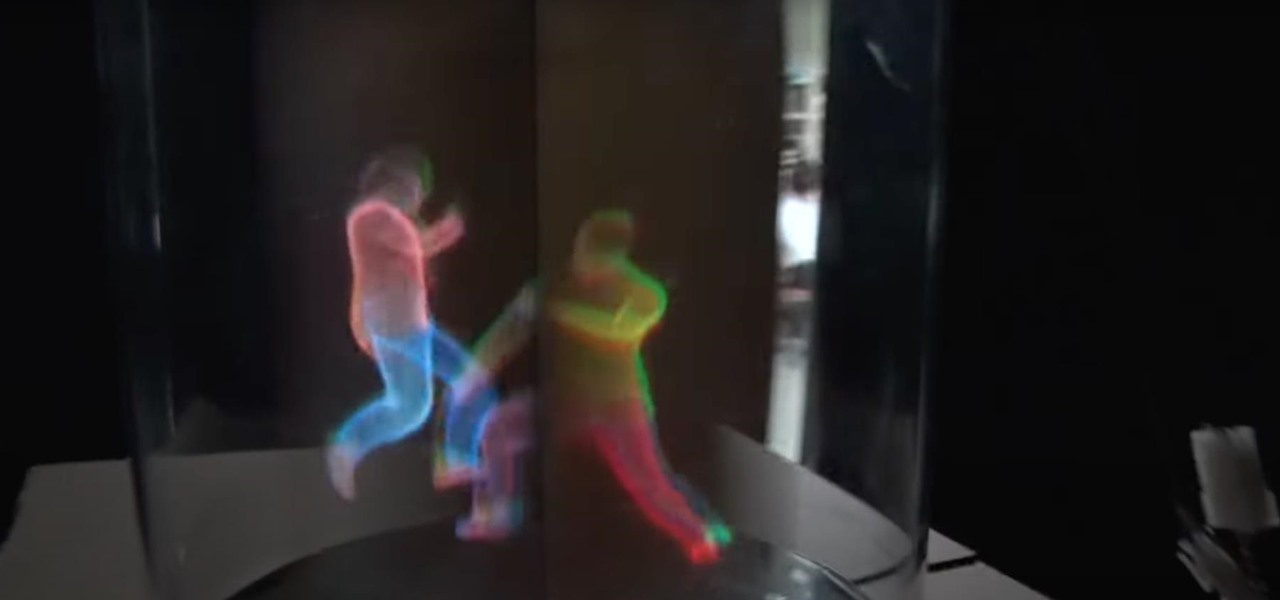



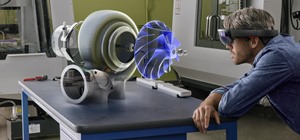

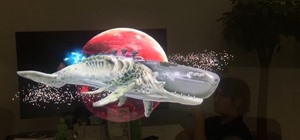
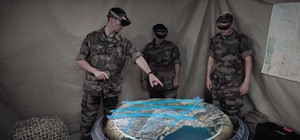
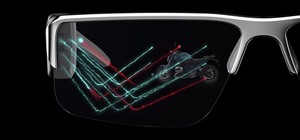
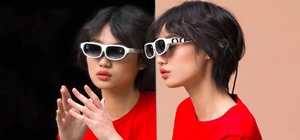
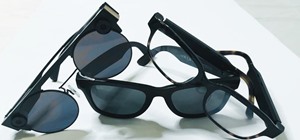
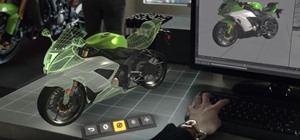

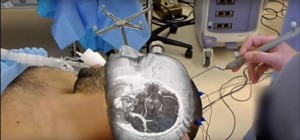


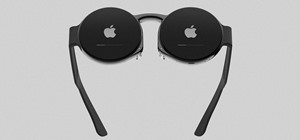


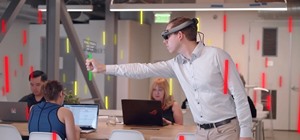
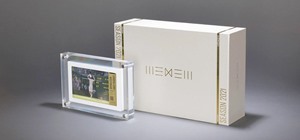

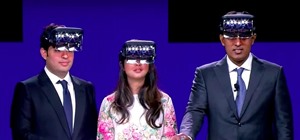

Be the First to Comment
Share Your Thoughts